Author: Jordan Folks
Initially bred in 2004 by New Zealand’s Plant & Food Research, Nectaron was released for public use in 2020 and quickly rose in popularity for its ability to impart beer with pungent notes of pineapple, peach, and grapefruit. Given its fruity nature, Nectaron is a natural fit for modern IPA, though some have reported success using lower amounts in less hoppy styles including pale lager.
 Alpha: 10.5 – 11.5%
Alpha: 10.5 – 11.5%
Beta: 4.5 – 5.0%
Cohumulone: 26 – 28%
Total Oil: 1.5 – 2.0 mL/100g
Myrcene: 60%
Humulene: 16%
Caryophyllene: 4.5%
Farnesene: 0.2%
Linalool: unknown
Geraniol: unknown
ß-Pinene: unknown
Parentage: daughter of Pacific Jade, full sister to Waimea
As someone with an admitted obsession with IPA, I picked up some Nectaron soon after learning about it and have used it a number of times in conjunction with other hops. Curious how a Pale Ale hopped solely with this novel variety would be perceived, I decided to put it through the paces of The Hop Chronicles.
| MAKING THE BEER |
Starting with our standard Hop Chronicles Pale Ale recipe, I made adjustments to the kettle hop additions to ensure a proper level of bitterness. Thanks to F.H. Steinbart for hooking me up with the malt for this batch!
Nectaron Pale Ale
Recipe Details
| Batch Size | Boil Time | IBU | SRM | Est. OG | Est. FG | ABV |
|---|---|---|---|---|---|---|
| 5.5 gal | 30 min | 30.8 | 4.1 SRM | 1.053 | 1.012 | 5.38 % |
| Actuals | 1.053 | 1.012 | 5.38 % | |||
Fermentables
| Name | Amount | % |
|---|---|---|
| Pale 2-Row Malt | 10 lbs | 83.33 |
| Vienna Malt | 2 lbs | 16.67 |
Hops
| Name | Amount | Time | Use | Form | Alpha % |
|---|---|---|---|---|---|
| Nectaron | 8 g | 60 min | Boil | Pellet | 9.4 |
| Nectaron | 10 g | 30 min | Boil | Pellet | 9.4 |
| Nectaron | 20 g | 10 min | Boil | Pellet | 9.4 |
| Nectaron | 20 g | 5 min | Boil | Pellet | 9.4 |
| Nectaron | 45 g | 2 min | Boil | Pellet | 9.4 |
| Nectaron | 58 g | 1 day | Dry Hop | Pellet | 9.4 |
Yeast
| Name | Lab | Attenuation | Temperature |
|---|---|---|---|
| Flagship (A07) | Imperial Yeast | 77% | 60.1°F - 72°F |
Notes
| Water Profile: Ca 58 | Mg 4 | Na 10 | SO4 87 | Cl 34 |
Download
| Download this recipe's BeerXML file |
After collecting the full volume of water, adjusting it to my desired profile, and getting it heating up, I weighed out and milled the grain.
When the water was properly heated, I incorporated the grains and checked to ensure it was at my desired mash temperature of 152°F/67°C.
During the mash rest, I prepared the kettle hop additions.
Once the 60 minute mash was complete, I sparged to collect the proper volume of wort then boiled for 60 minutes, adding hops at the times stated in the recipe.
When the boil was complete, I chilled the wort on its way to a sanitized keg fermenter before taking a hydrometer measurement showing it was at my target OG.
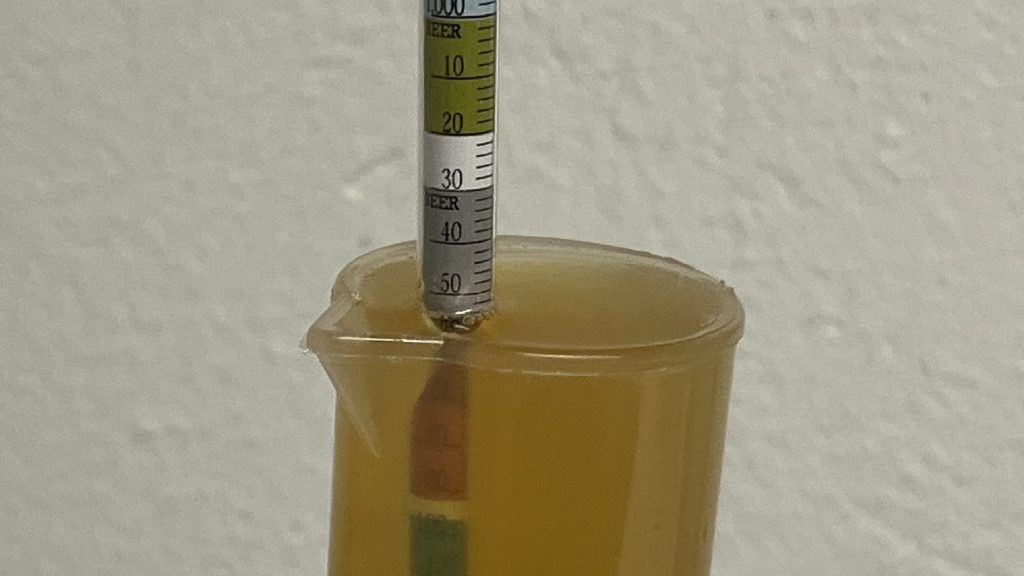
Once the filled fermenter was placed in my chamber controlled to 68°F/20°C, I pitched Imperial Yeast A07 Flagship then left the beer to ferment for 8 days before returning to add the dry hop addition. After a day on the dry hops, I took a hydrometer measurement confirming FG was reached.
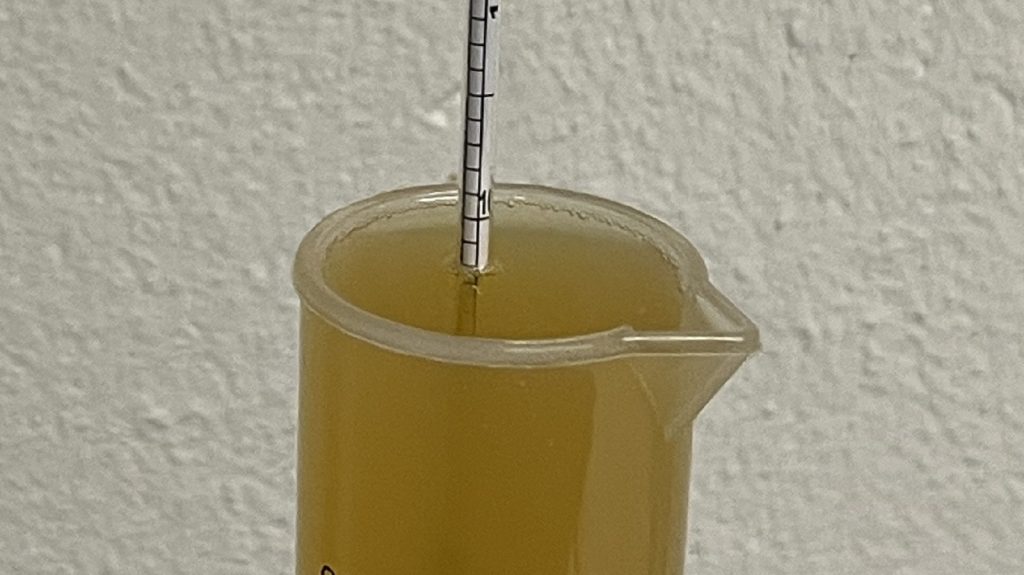
With fermentation complete, I cold-crashed the beer for 24 hours then pressure-transferred it to a CO2 purged keg.
The filled keg was placed in my keezer and burst carbonated overnight before the gas was reduced to serving pressure. After a week of conditioning, it was ready to serve to blind tasters.
| METHOD |
Participants were instructed to focus only on the aromatic qualities of the beer before evaluating the flavor. For each aroma and flavor descriptor, tasters were asked to write-in the perceived strength of that particular characteristic on a 0-9 scale where a rating of 0 meant they did not perceive the character at all and a 9 rating meant the character was extremely strong. Once the data was collected, the average rating of each aroma and flavor descriptor was compiled and analyzed.
| RESULTS |
A total of 22 people participated in the evaluation of this beer, all blind to the hop variety used until after they completed the survey. The average aroma and flavor ratings for each descriptor were plotted on a radar graph.
Average Ratings of Aroma and Flavor Perceptions
The 3 characteristics endorsed as being most prominent by participants:
| Aroma | Flavor |
| Tropical Fruit | Tropical Fruit |
| Citrus | Citrus |
| Stone Fruit | Floral |
The 3 characteristics endorsed as being least prominent by participants:
| Aroma | Flavor |
| Earthy/Woody | Onion/Garlic |
| Onion/Garlic | Berry |
| Spicy/Herbal | Onion/Garlic |
Next, participants were asked to rate the pungency/strength of the hop.
Tasters were then instructed to identify beer styles they thought the hop would work well in.
Finally, participants were asked to rate how much they enjoyed the hop character on a 1 to 10 scale.
My Impressions: To my palate, this single-hop Nectaron Pale Ale was bursting with tropical fruit, citrus, and stone fruit with noticeable floral notes, which made for a pleasurable drinking experience.
| CONCLUSION |
Unquestionably influenced by the sky-rocketing popularity of IPA, hop breeders have been focusing largely on producing new varieties that accentuate the pungent fruity characteristics drinkers have grown to love. Originating from the hop growing hot spot of New Zealand, Nectaron is taking the brewing market by storm due its ability to contribute strong notes of pineapple, grapefruit, and peach to beer.
Corroborating existing descriptors, the most prominent characteristics noted by tasters of a Pale Ale hopped solely with Nectaron were tropical fruit, citrus, and stone fruit with noticeable floral notes coming through in the flavor, while earthy/woody and onion/garlic were among the lowest rated descriptors. With a plurality of tasters rating the hop pungency in this beer as being strong, it’s no wonder most felt it would work well in modern Pale Ale and IPA, though a smattering of less hoppy styles were also endorsed.
Overall, I felt this single-hop Nectaron Pale Ale had a decently complex profile that might trick one into thinking multiple varieties were in play. The fruity flavors and aromas are pungent and, in my opinion, fantastic. Having had other beers made with Nectaron, I view it as a stand-out that can amplify desirable tropical fruit and citrus characteristics characteristics, and I’m super stoked to use it more in the future!
Nectaron hops are available now at Yakima Valley Hops, get some while you can! If you have any thoughts on this variety, please feel free to share them in the comments section below.
Support Brülosophy In Style!
All designs are available in various colors and sizes on Amazon!
Follow Brülosophy on:
FACEBOOK | TWITTER | INSTAGRAM
If you enjoy this stuff and feel compelled to support Brulosophy.com, please check out the Support page for details on how you can very easily do so. Thanks!


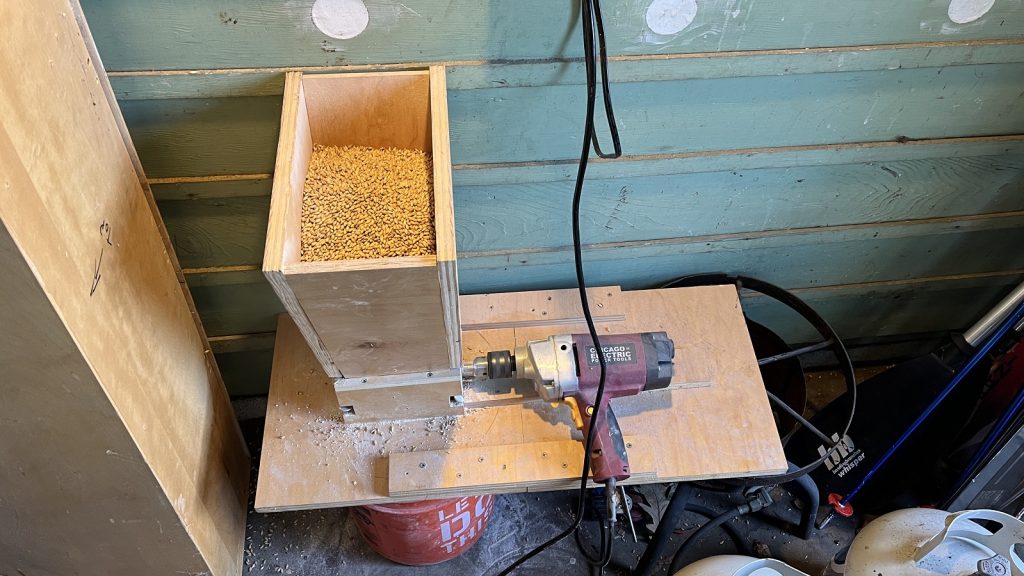
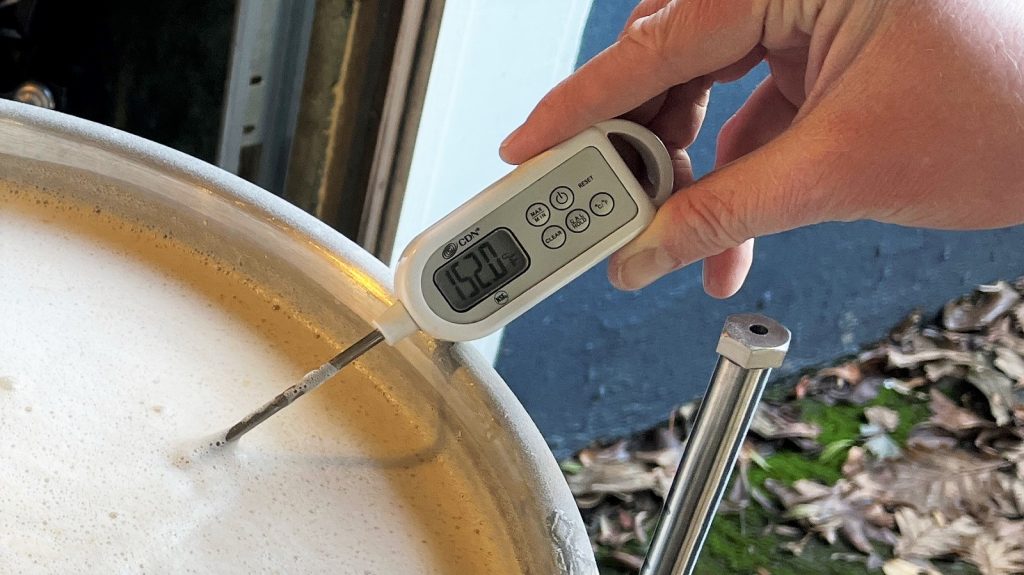
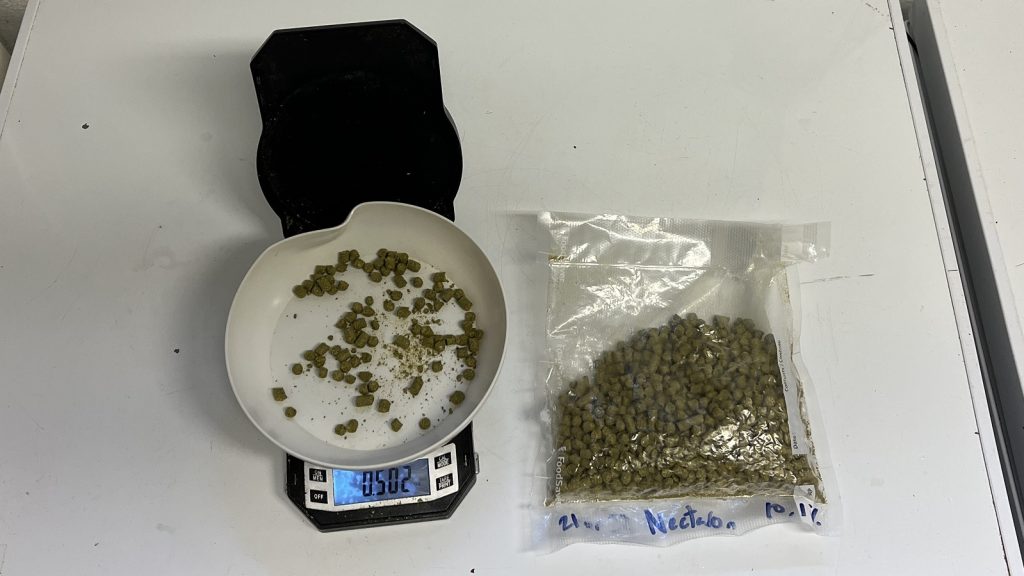
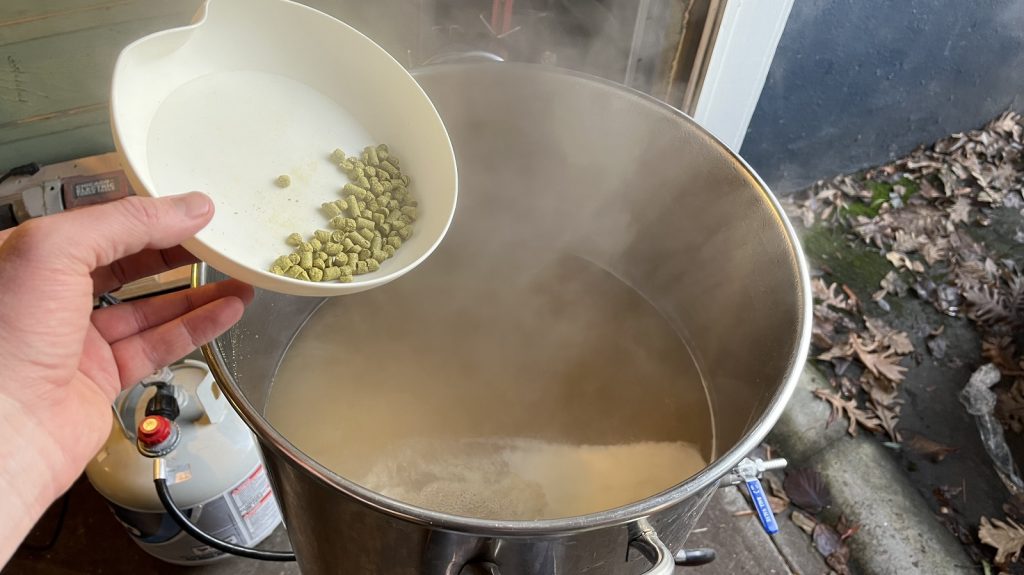
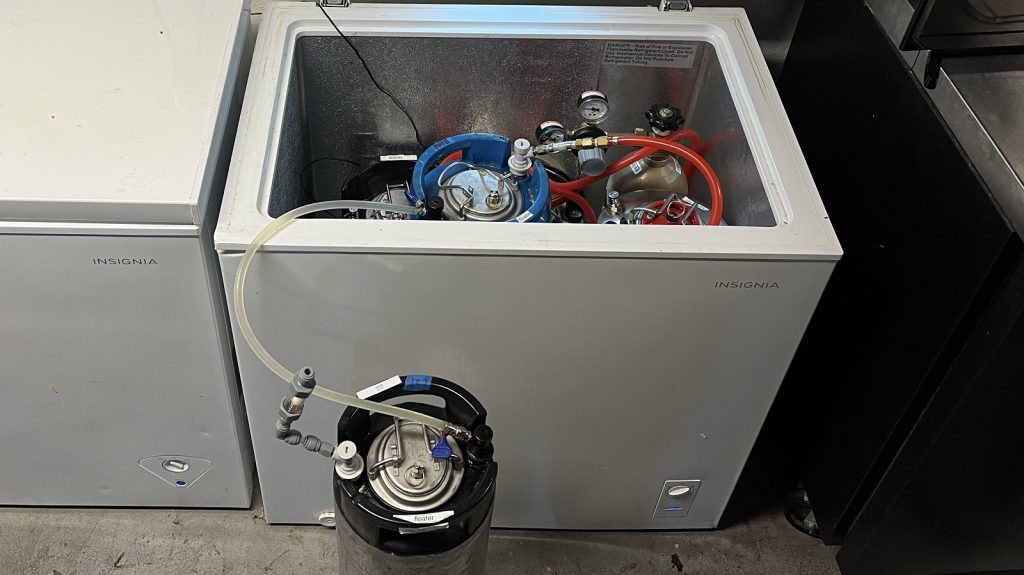
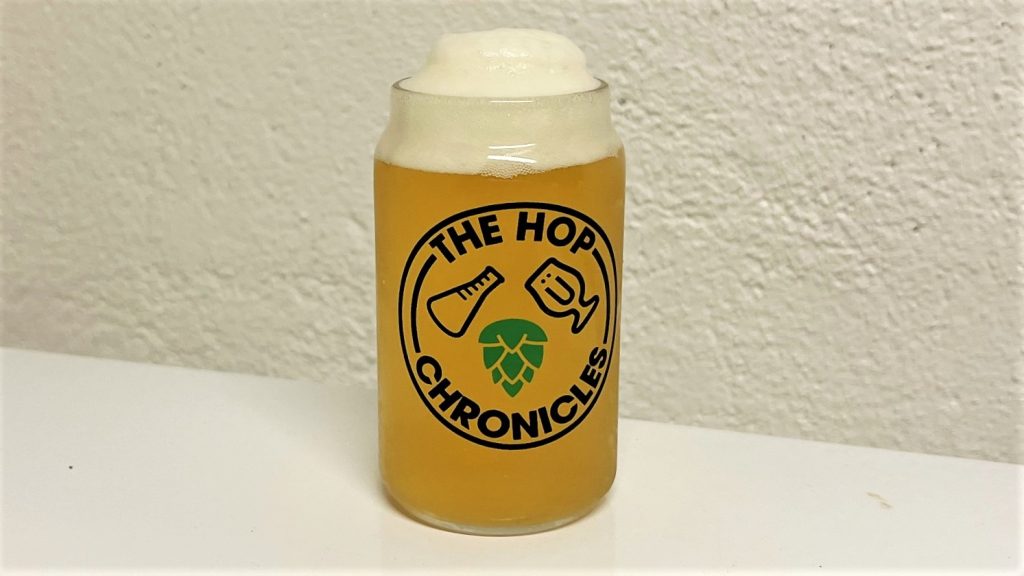

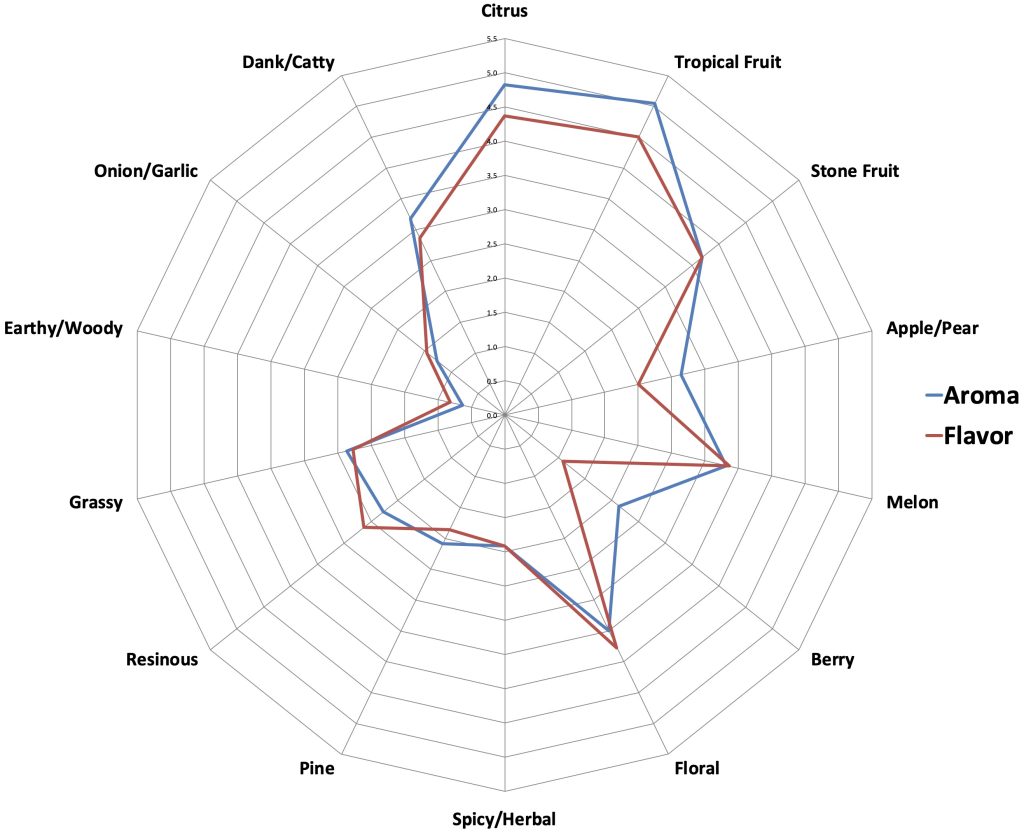
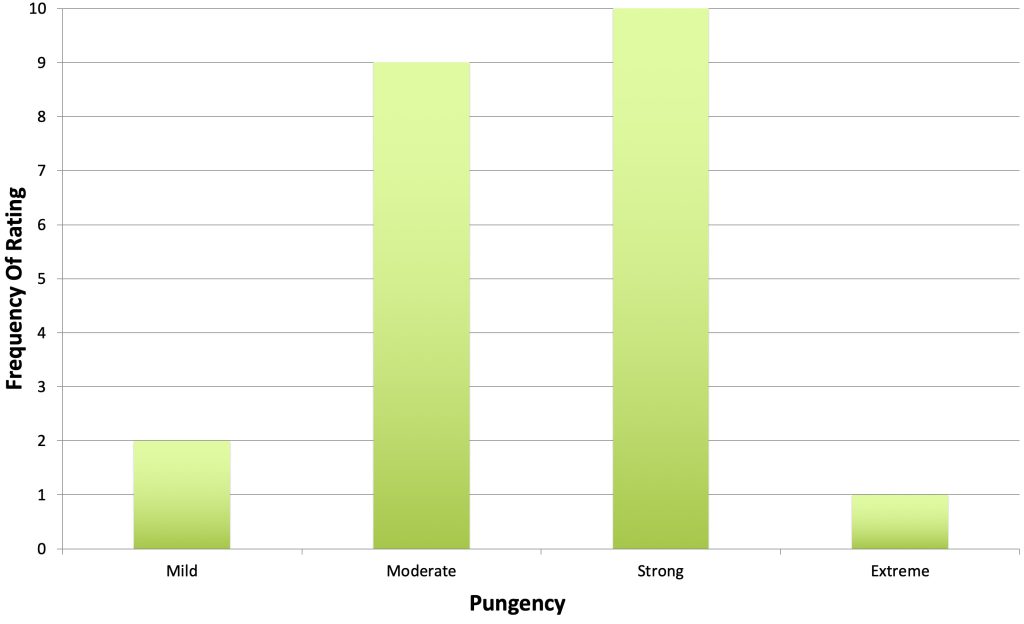
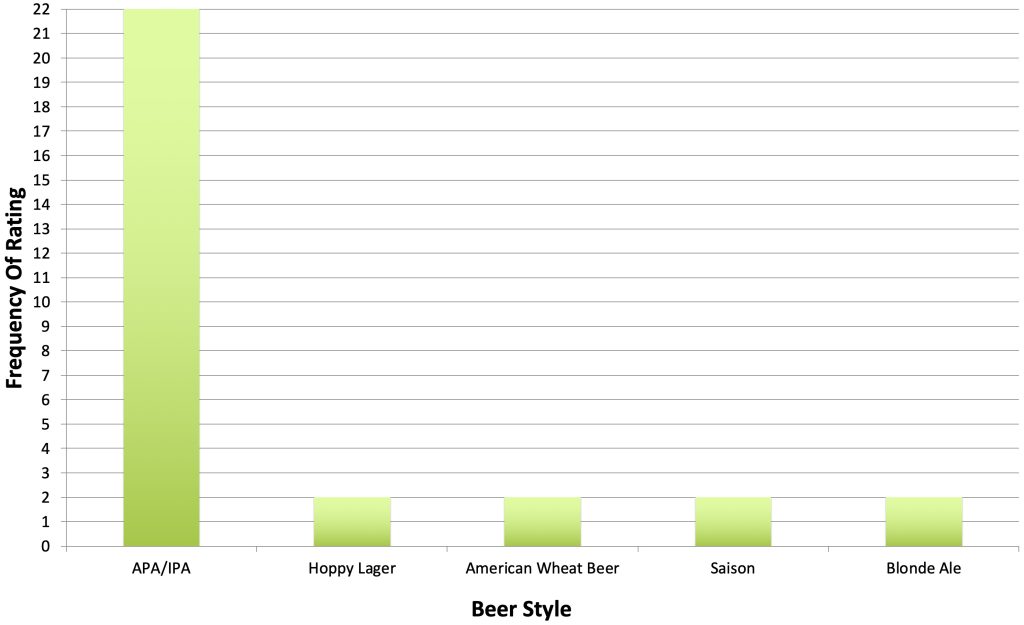
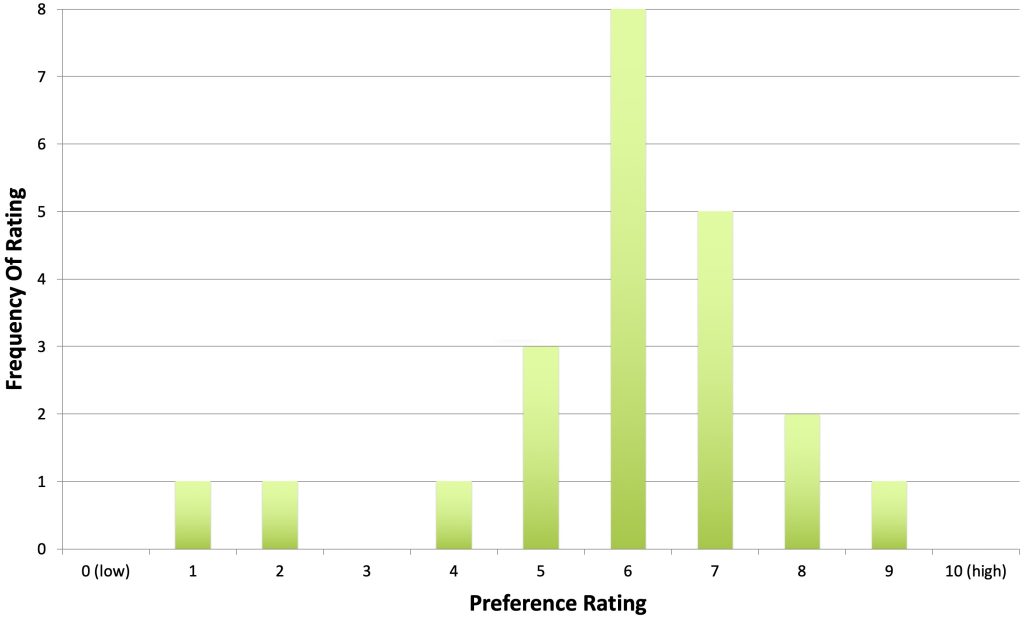











2 thoughts on “The Hop Chronicles | Nectaron (2021) Pale Ale”
Great article Jordan. That IPA sounds delicious! I wonder how Necteron would taste in a NZ Pilsner. Have you tried it in that style before? Btw, how many pounds can you fit in that hopper? I think I’m due for an upgrade.
I’ve made a couple hoppy pilsners using Nectaron – it really is a fantastic hop for that style. Feel free to use it at 100% of the hop bill, or mix in some other NZ varieties (works great with modern American IPA hops too, like Simcoe, Mosaic, etc.). The mill hopper is handmade and only holds about 10lb at a time. If you want to save some money – and have a carpenter living next door like I do – it’s a great set up. But I’m sure a purpose built one from a homebrew supplier would weigh less and hold more malt.